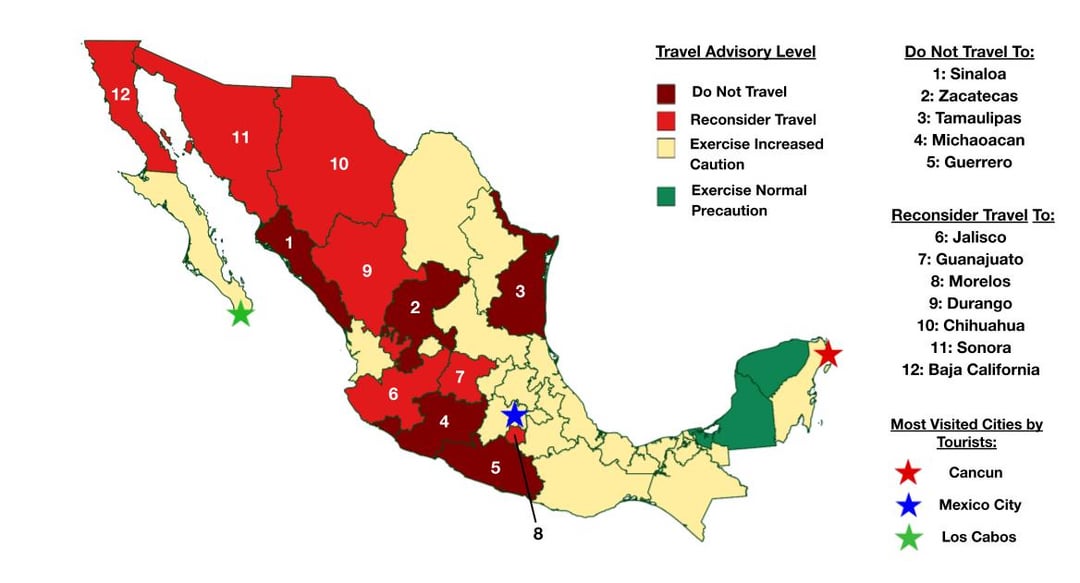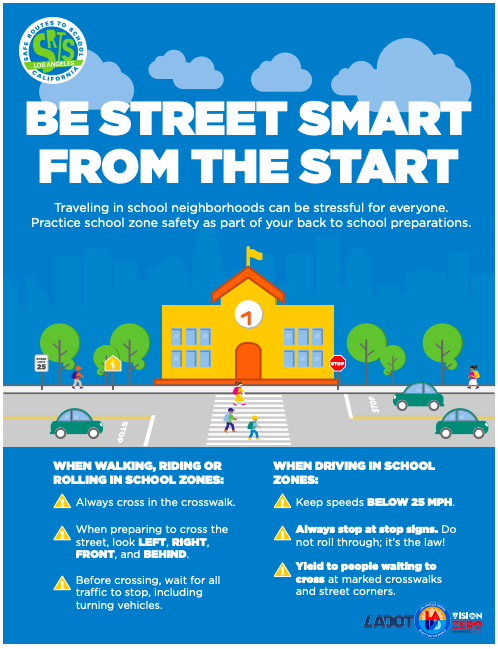Okay, let’s talk about figuring out where not to end up when you’re bouncing around the US. Took me a few trips and one slightly dicey evening walk back to my hotel to realize just booking a place with good reviews wasn’t cutting it. The hotel might be nice, but the street outside? Whole different story sometimes.

Figuring It Out: My Process
So, I started digging deeper than just the hotel booking sites. My first step, pretty basic, was just using online maps. Put in the hotel address, zoom out, see what’s around. But that only tells you so much, right? Just shows you streets and buildings, doesn’t tell you the vibe.
Then I thought, okay, gotta get smarter. I started searching for stuff like “crime maps” for the city I was visiting. Some cities have official ones, kinda clunky usually, but they give you a rough idea of hotspots. Other times, it’s news sites reporting on local crime. It’s a bit grim, scrolling through crime reports, but it helped paint a picture. You gotta take it with a grain of salt, though. One incident doesn’t make a whole neighborhood bad, but patterns start to show.
What really became my go-to was using those street view features on online maps. You know, where you can virtually “walk” down the street. I’d spend time just clicking around the blocks surrounding the potential hotel or Airbnb. This was a game changer for me. I started looking for specific things:
- Are there bars on the windows and doors of houses and businesses?
- Lots of graffiti everywhere?
- Buildings looking really run-down or abandoned?
- What kind of shops are around? Check cashing places, pawn shops, liquor stores with heavy security?
- How does it look at the ‘time’ the picture was taken? Deserted? Or groups of people just hanging around looking bored?
It’s not foolproof, obviously. Those images can be old. A place can clean up or go downhill. But it gives you a feel you don’t get from a map or a sanitized hotel description. I’d check a few streets in every direction.
Next, I’d try searching online forums where locals talk. Places like Reddit communities for that specific city. I’d search for the neighborhood name or even the cross-streets. Sometimes you find people asking “Is X neighborhood safe?” or just general discussions about different areas. You get some honest, boots-on-the-ground opinions this way. Again, lots of opinions, you gotta sift through the noise. Someone might hate a neighborhood just because it’s noisy, not necessarily dangerous.

Putting it all together is key. I don’t rely on just one thing. I look at the map view, check any crime data I can find, read what locals might be saying, and then make a judgment call. It takes extra time, yeah, maybe 30 minutes per place I’m considering, but it became part of my standard travel planning.
On the Ground
Even with all the planning, you gotta use your head when you actually get there. I always try to arrive during daylight hours the first time I go to a new place. Gives me a chance to see the area clearly. And honestly? Gut feeling counts for a lot. If I walk out of the train station or park my car and the vibe just feels off, I pay attention to that. Maybe I won’t walk around alone after dark there, or I’ll just grab a taxi or rideshare even for short distances. If it feels sketchy, it probably is, at least for an outsider.
It’s not about being scared, it’s just about being smart. Traveling’s supposed to be fun, right? Spending a little extra time upfront figuring out the neighborhood helps make sure it stays that way. It’s saved me from booking a few places that looked great online but turned out to be in really rough spots. Definitely worth the effort in my book.








